Analyzing Nestle Nesfluid's Failure in France: A Marketing Case Study
VerifiedAdded on 2023/06/13
|9
|399
|228
Case Study
AI Summary
This case study examines the failure of Nestle's Nesfluid in the French market, where it was positioned as a "hydranutrition" drink but failed to resonate with consumers due to a lack of clear proposition and confusion created by multiple flavors and health needs. The analysis includes a PESTLE analysis highlighting political centralization and tight administrative control, economic factors such as high taxes and supermarket chains, social disparities and racial violence, technological advancements, environmental concerns like water pollution, and labor laws. Porter's Five Forces analysis assesses the threat of new entrants, substitute products, bargaining power of suppliers and customers, and competitive rivalry. The analysis also touches upon push and pull strategies employed, a SWOT analysis identifying strengths, weaknesses, opportunities, and threats, and concludes with references to relevant research. The core problem identified is the need to understand consumer trends and attitudes and have a clear proposition before launching a new product.
1 out of 9
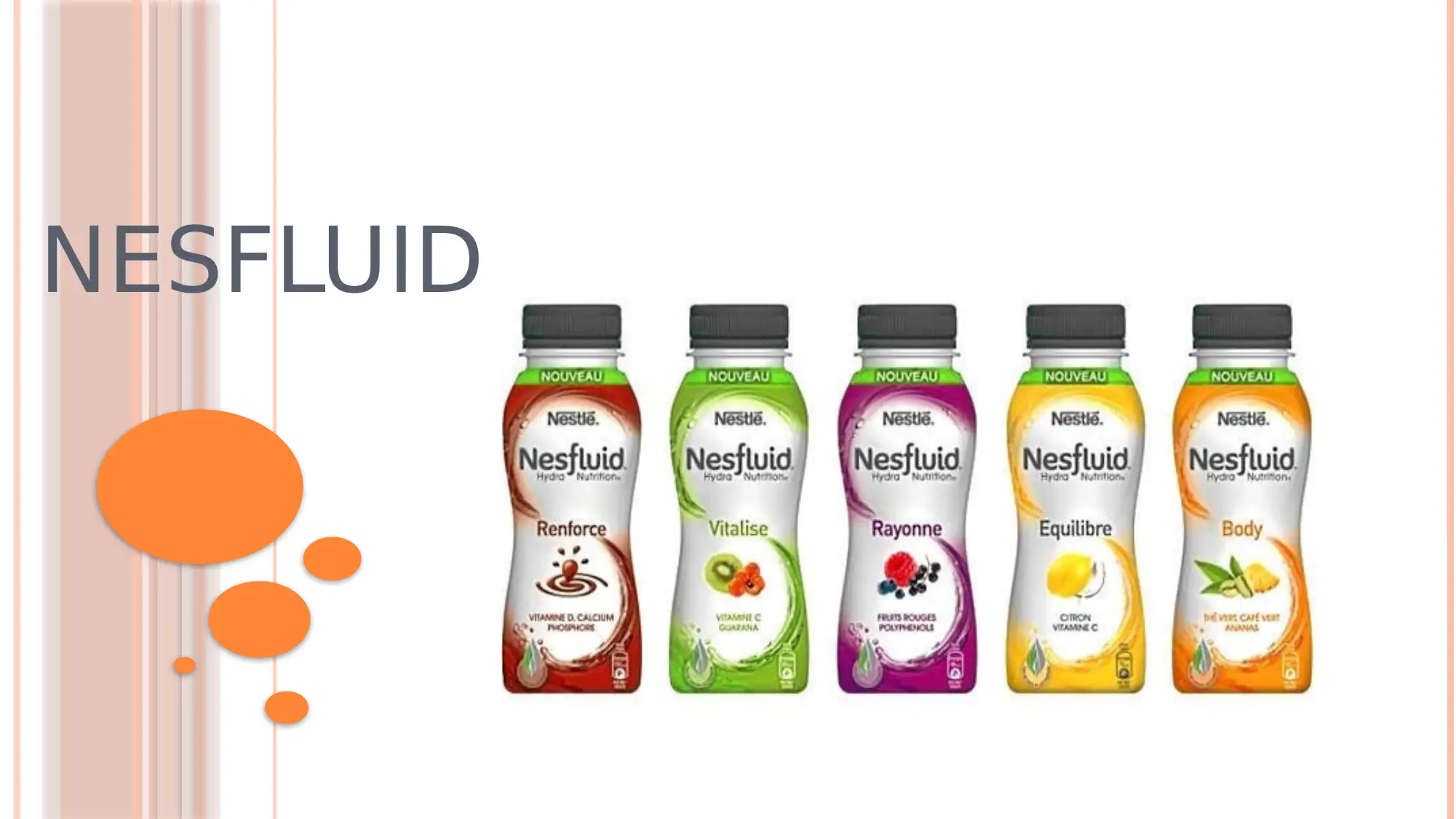
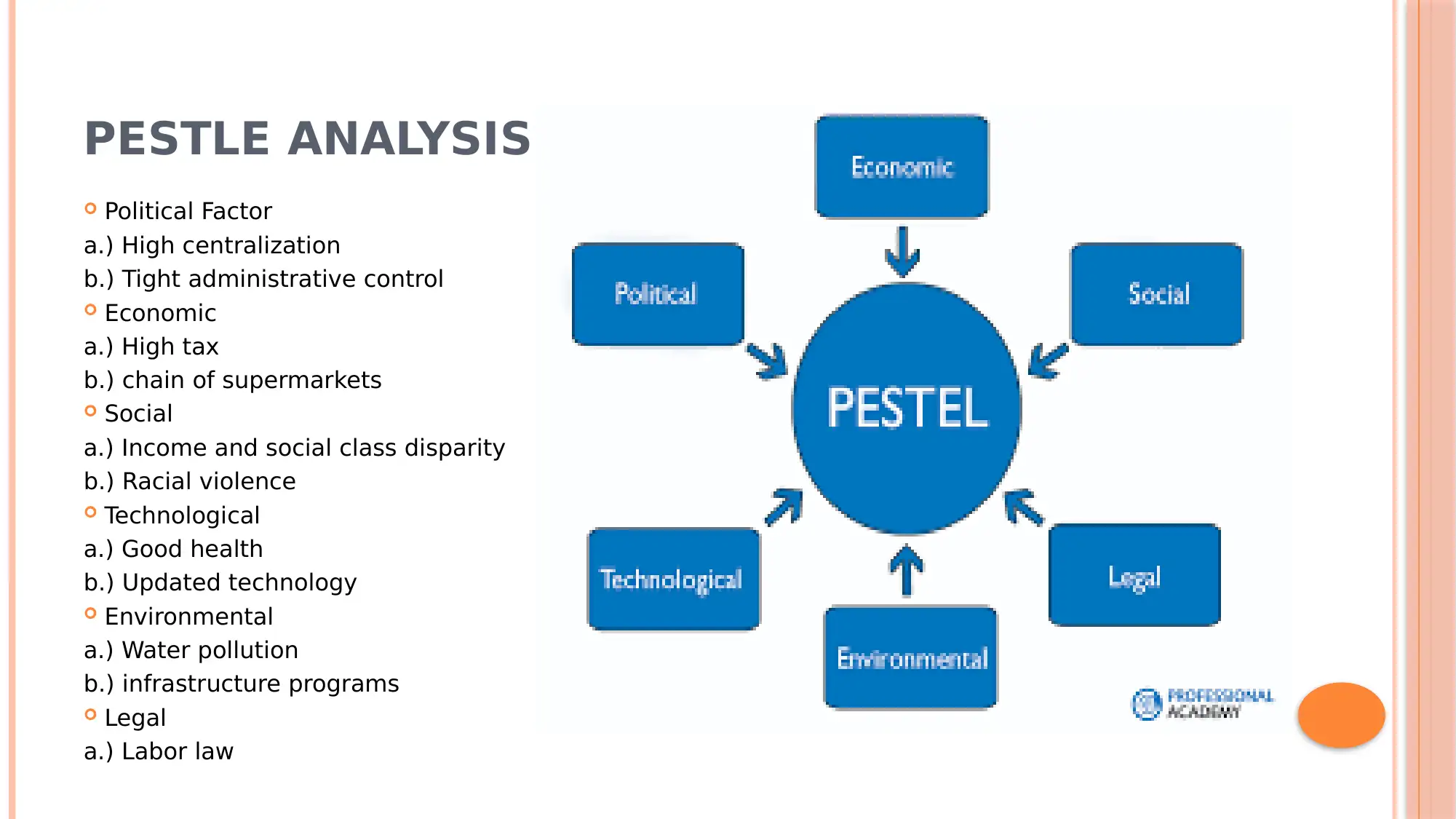
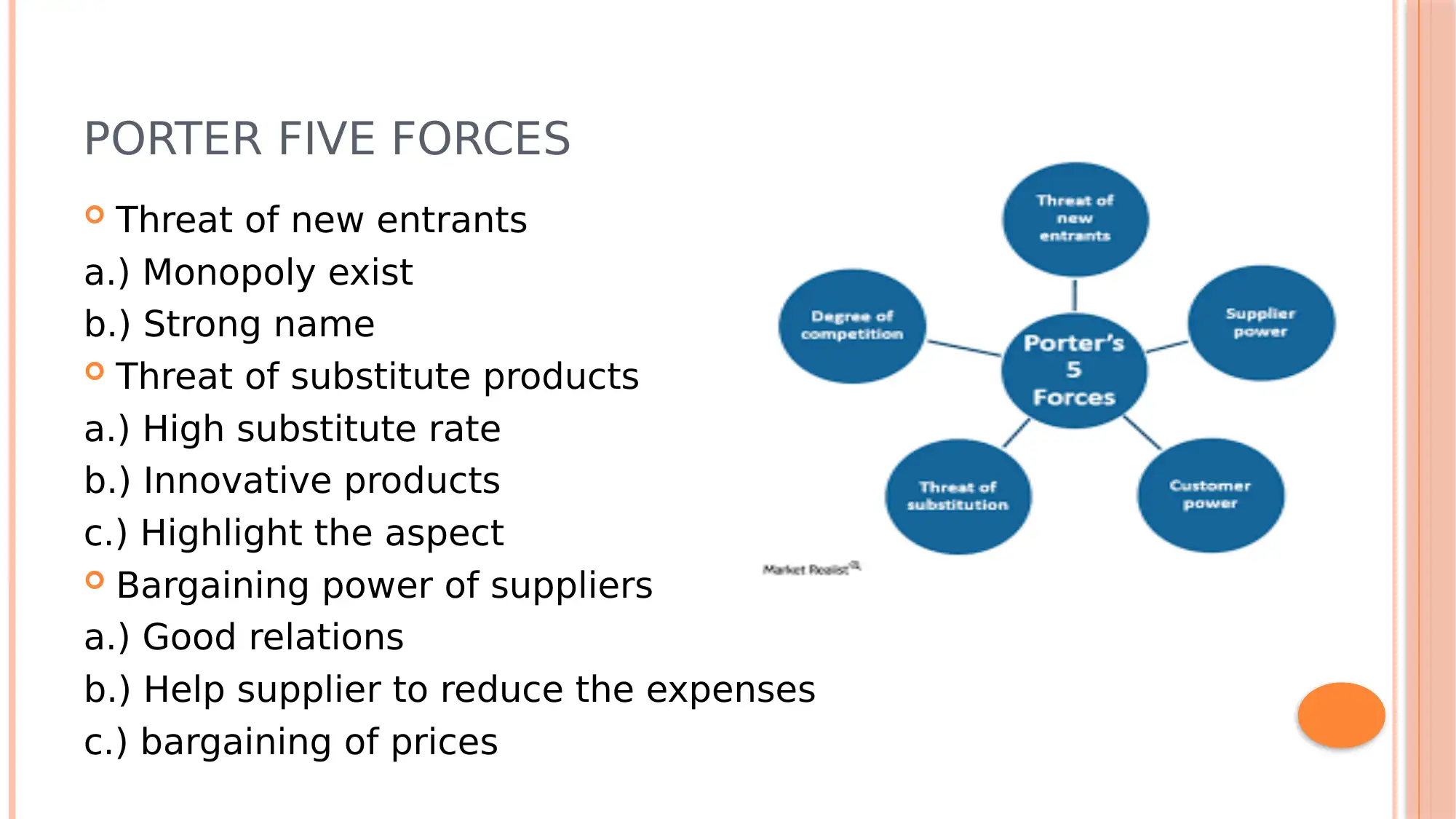

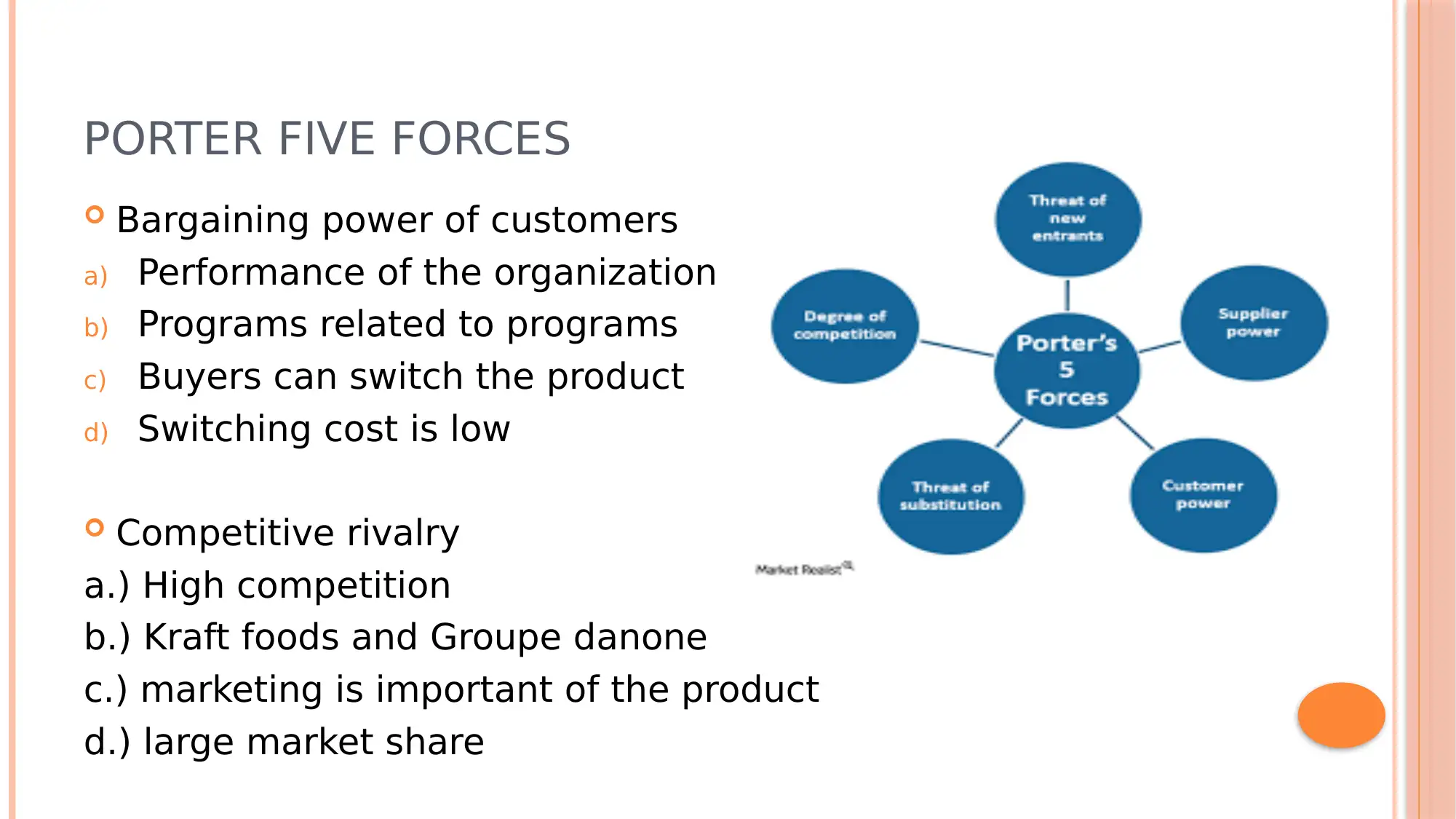
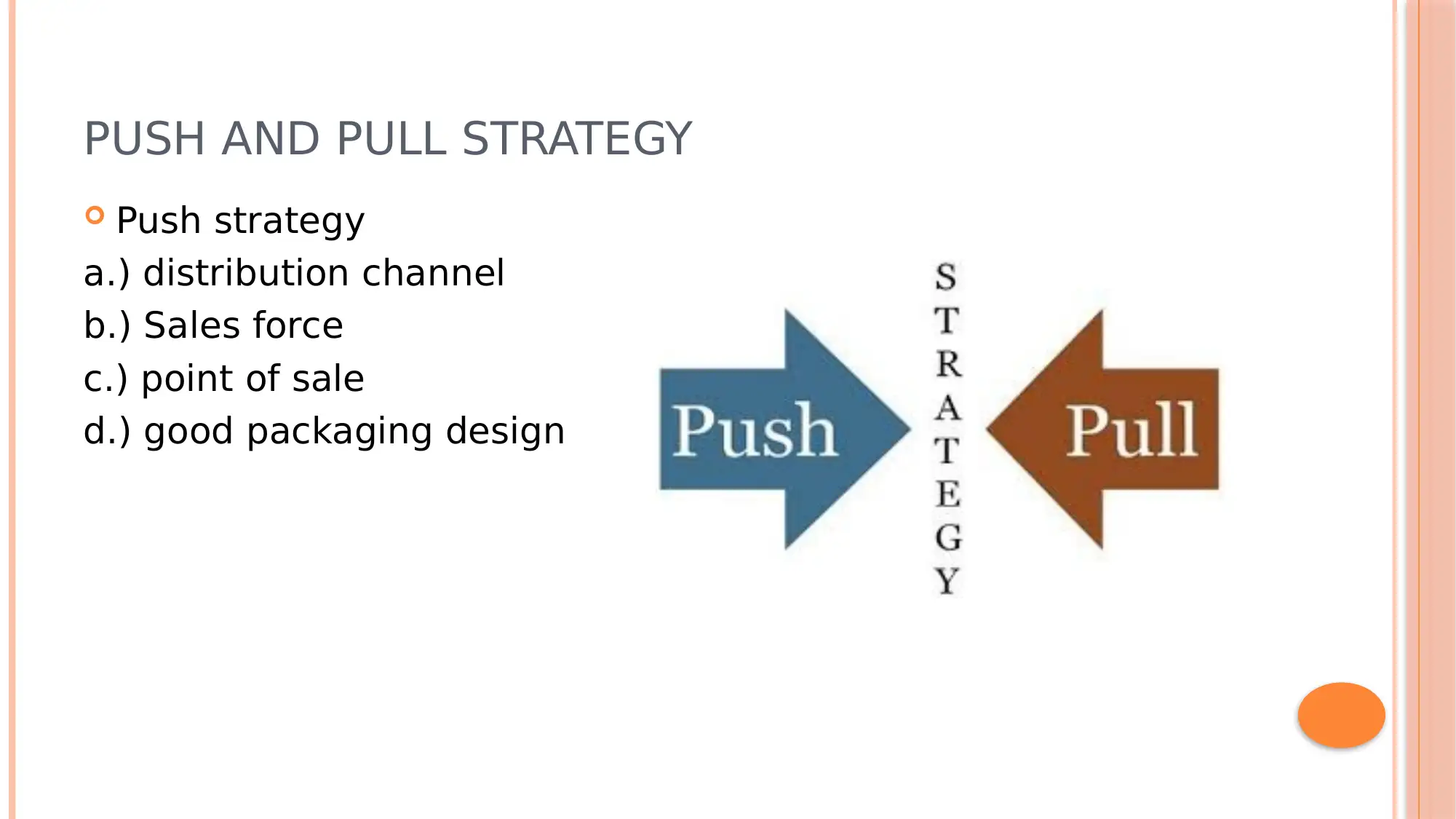
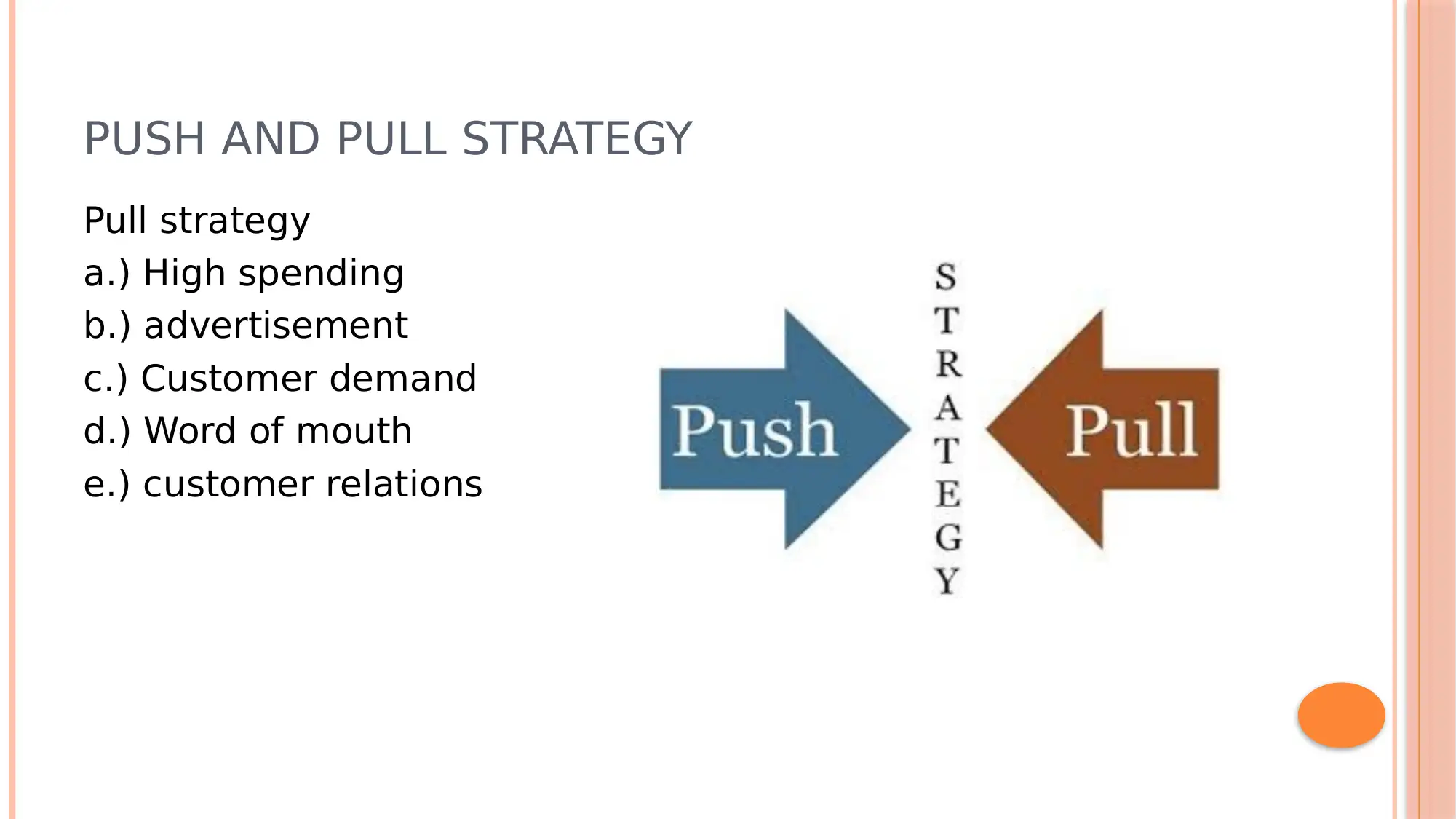
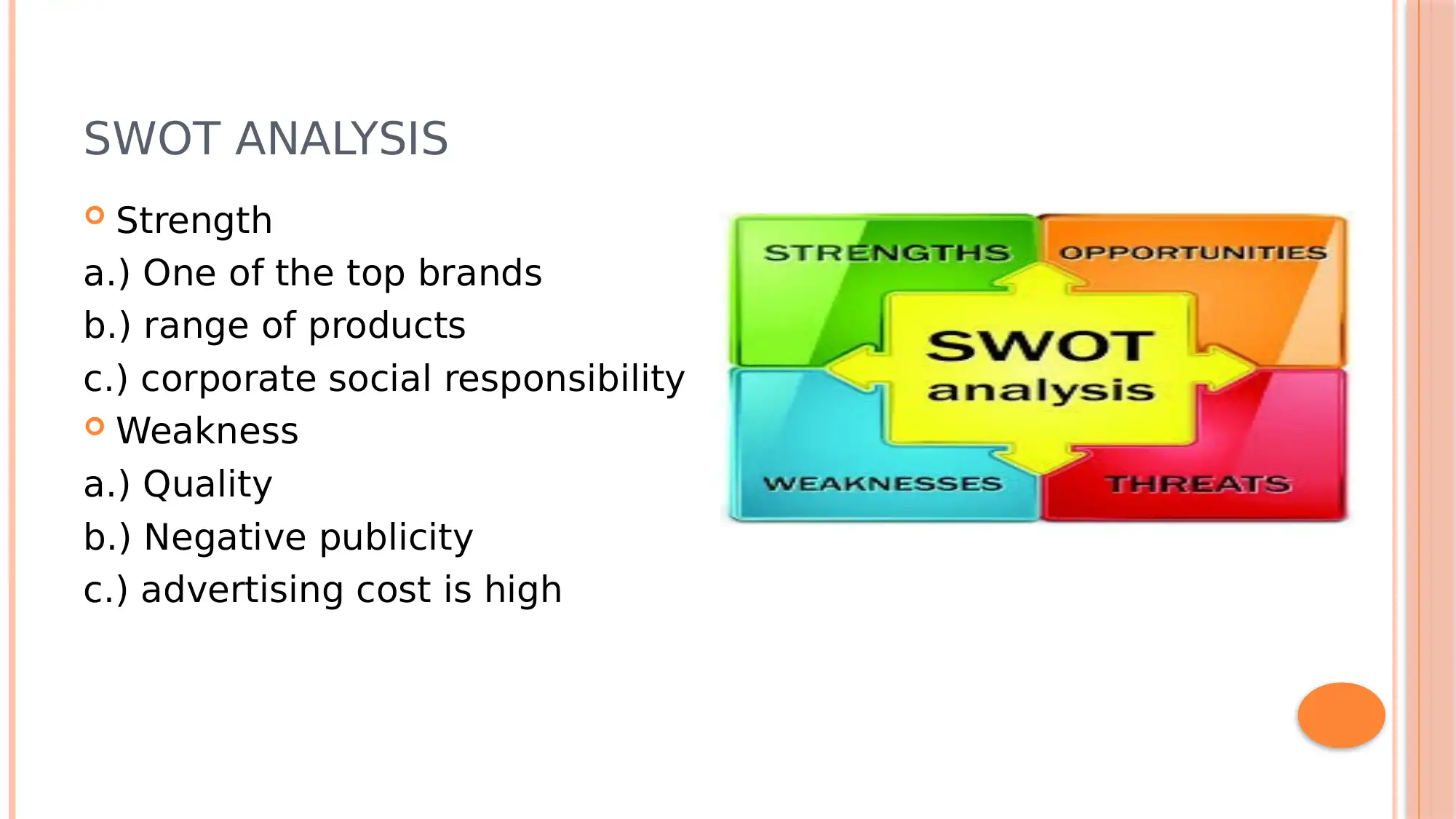
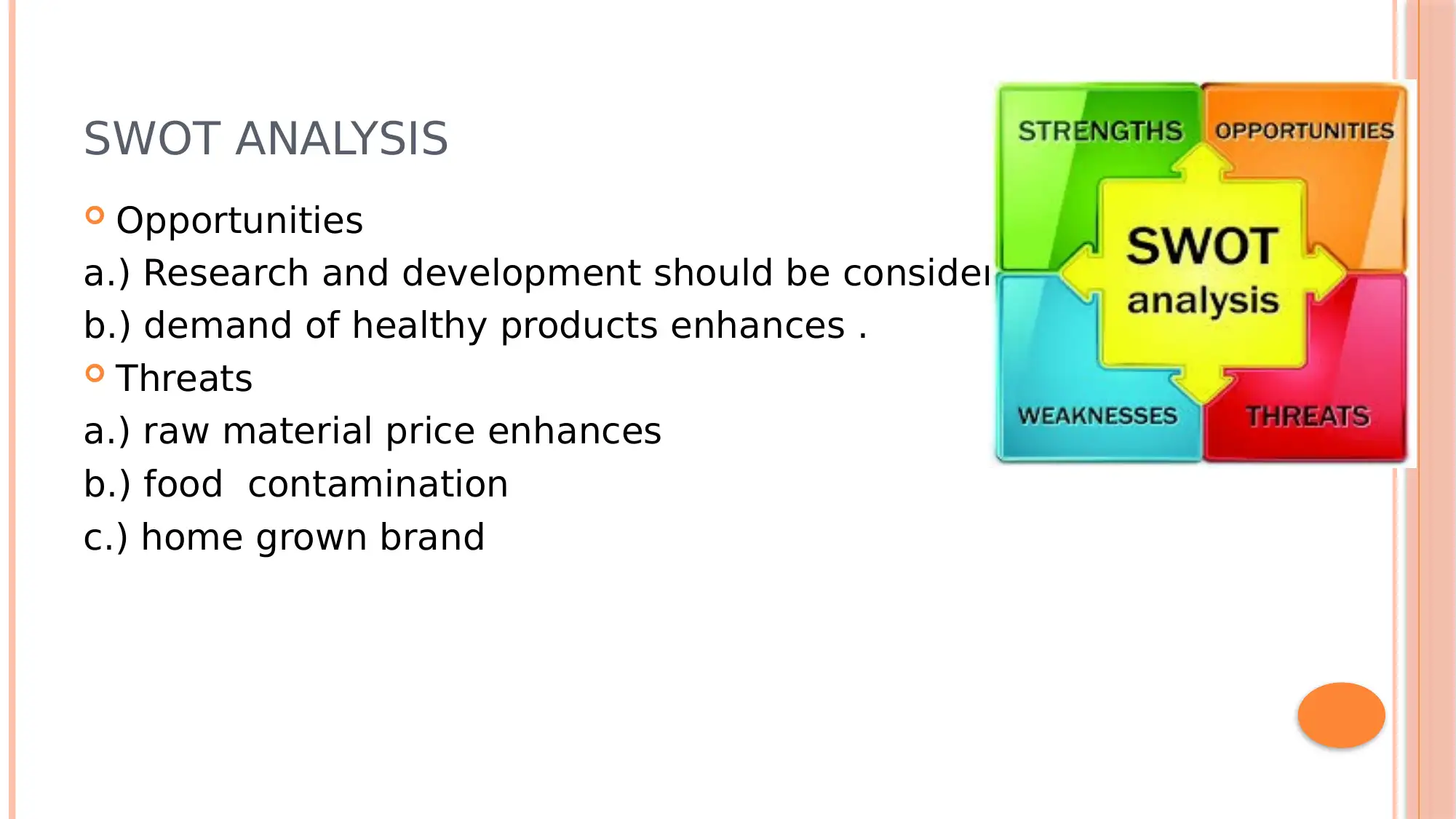
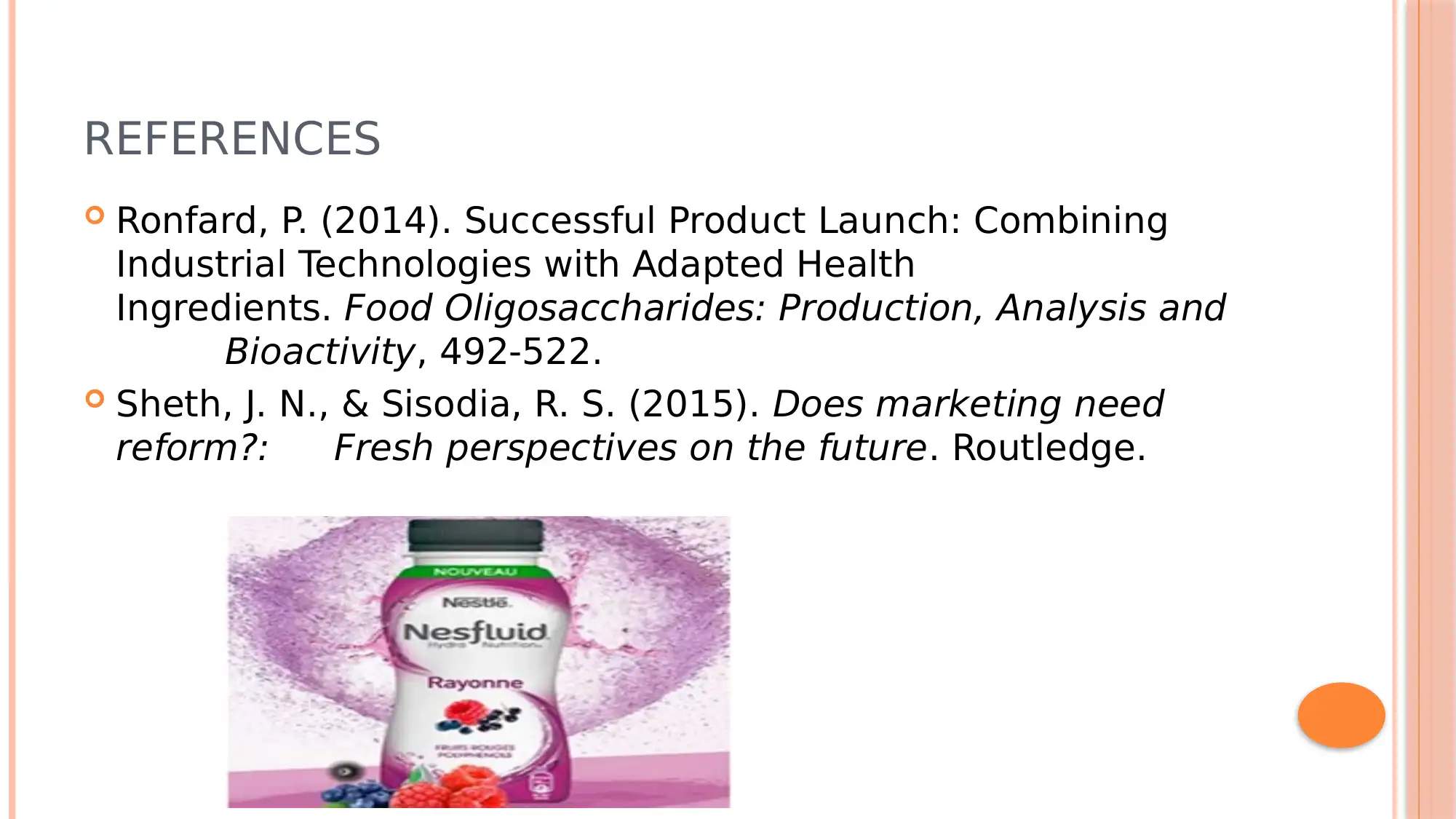





![[object Object]](/_next/static/media/star-bottom.7253800d.svg)